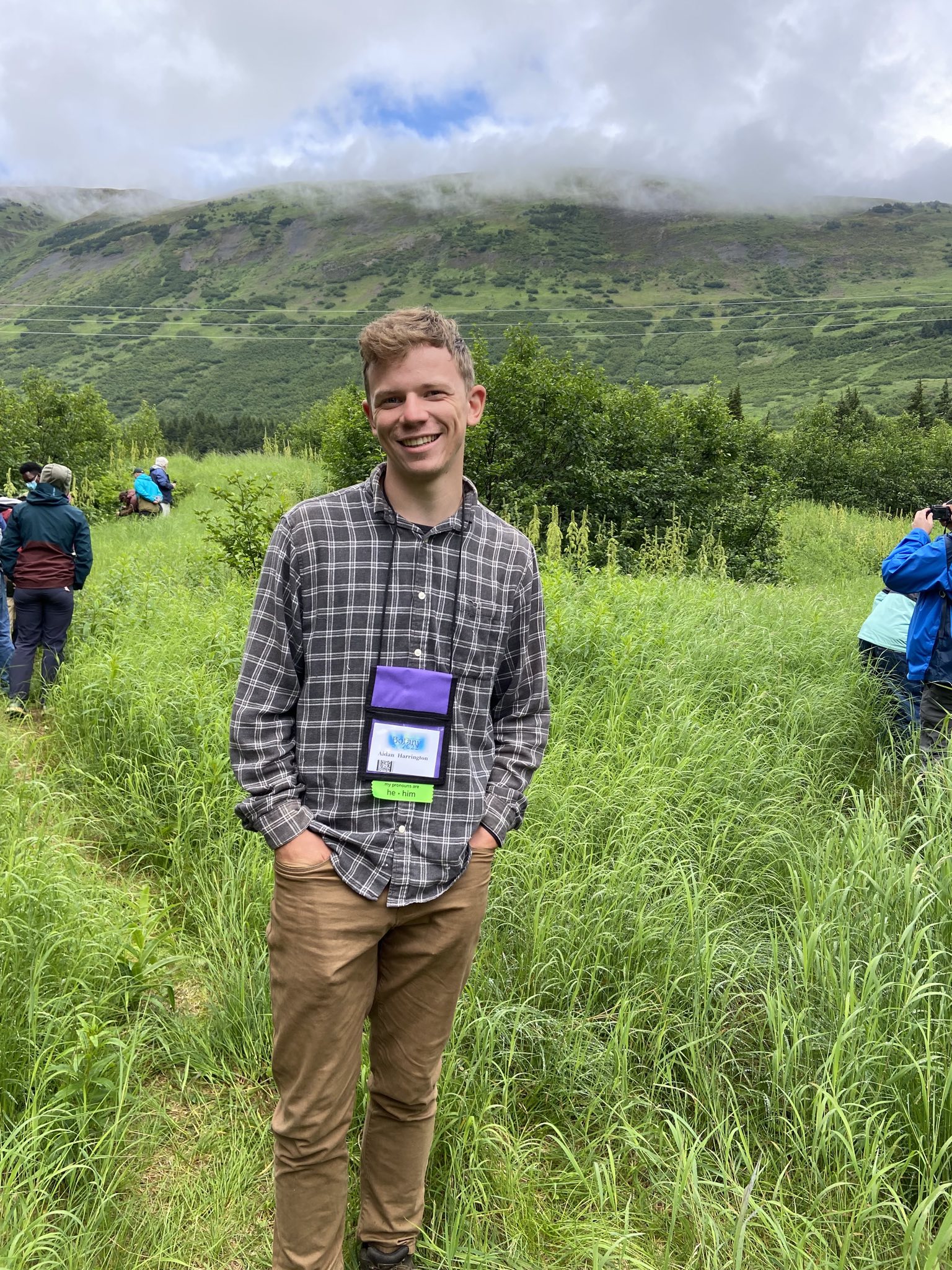Low-trunk epiphytic fern gametophyte and sporophyte occurrence is influenced by moss height and density in a Costa Rican lowland tropical rain forest
Published in International Journal of Plant Sciences, 2021
Recommended citation: Harrington, A. D., & Watts, J. L. (2021). "Low-trunk epiphytic fern gametophyte and sporophyte occurrence is influenced by moss height and density in a Costa Rican lowland tropical rain forest." International Journal of Plant Sciences 182. 4(286-294). https://doi.org/10.1086/713443
Premise of research. Tropical epiphytic ferns and mosses commonly inhabit similar niche spaces, yet little is known about the interspecific interactions between the two, especially with reference to the fern life cycle of functionally distinct, independent gametophytes and sporophytes. Previous research has shown that mosses often act as ecosystem engineers, storing water and altering the microclimate to allow seed plant establishment. And because ferns require free water for gamete exchange, mosses may play an important facilitative role in fern fertilization. In our study, we examine the spatial relationships between low-trunk epiphytic mosses, fern gametophytes, and sporophytes in a lowland tropical rain forest in Costa Rica.
Methodology. We surveyed low-trunk (0–2 m above the forest floor) epiphytic ferns at La Selva Biological Station and compared the height (average of five tallest ramets) and density (classified into four classes based on percentage of cover) of mosses near fern gametophytes and fern sporophytes while considering the effects of other abiotic factors including light, azimuth, height on the tree, and tree diameter at breast height.
Pivotal results. A logistic regression analysis of fern life stage against all measured abiotic and biotic factors revealed that only moss height predicted the occurrence of fern gametophytes or sporophytes. Fern gametophytes occurred in shorter moss, while fern sporophytes occurred in taller moss. As moss density increased, the percentage of sporophyte individuals increased, while the percentage of gametophytes decreased.
Conclusions. Our data show evidence of a novel biotic mechanism that assists the success of ferns as epiphytes. The results indicate that tall moss, possibly through microclimatic properties, facilitates gametophyte fertilization or sporophyte survival but outcompetes fern gametophytes as the moss increases in height and density. Unraveling the interspecific interactions between these two dominant epiphyte lineages provides further insight into canopy successional processes, biotic interactions among epiphytes, and fern community ecology.
Recommended citation: Harrington, A. D., & Watts, J. L. (2021). "Low-trunk epiphytic fern gametophyte and sporophyte occurrence is influenced by moss height and density in a Costa Rican lowland tropical rain forest." International Journal of Plant Sciences 182. 4(286-294).
